OMS FOR ACADEMIA
Apply skills, lead cases.
All in the safety of the virtual world.
Make real-time decisions that directly impact patient outcomes, and get prepared for clinical practice.
PRACTICE WHEN IT SUITS YOU
Practice, practice, practice. Anytime you want.
With OMS, you can practive anywhere, anytime - with or without faculty.
Learn at your own pace, independently lead cases, and get personalized feedback to track your progress toward competencies.
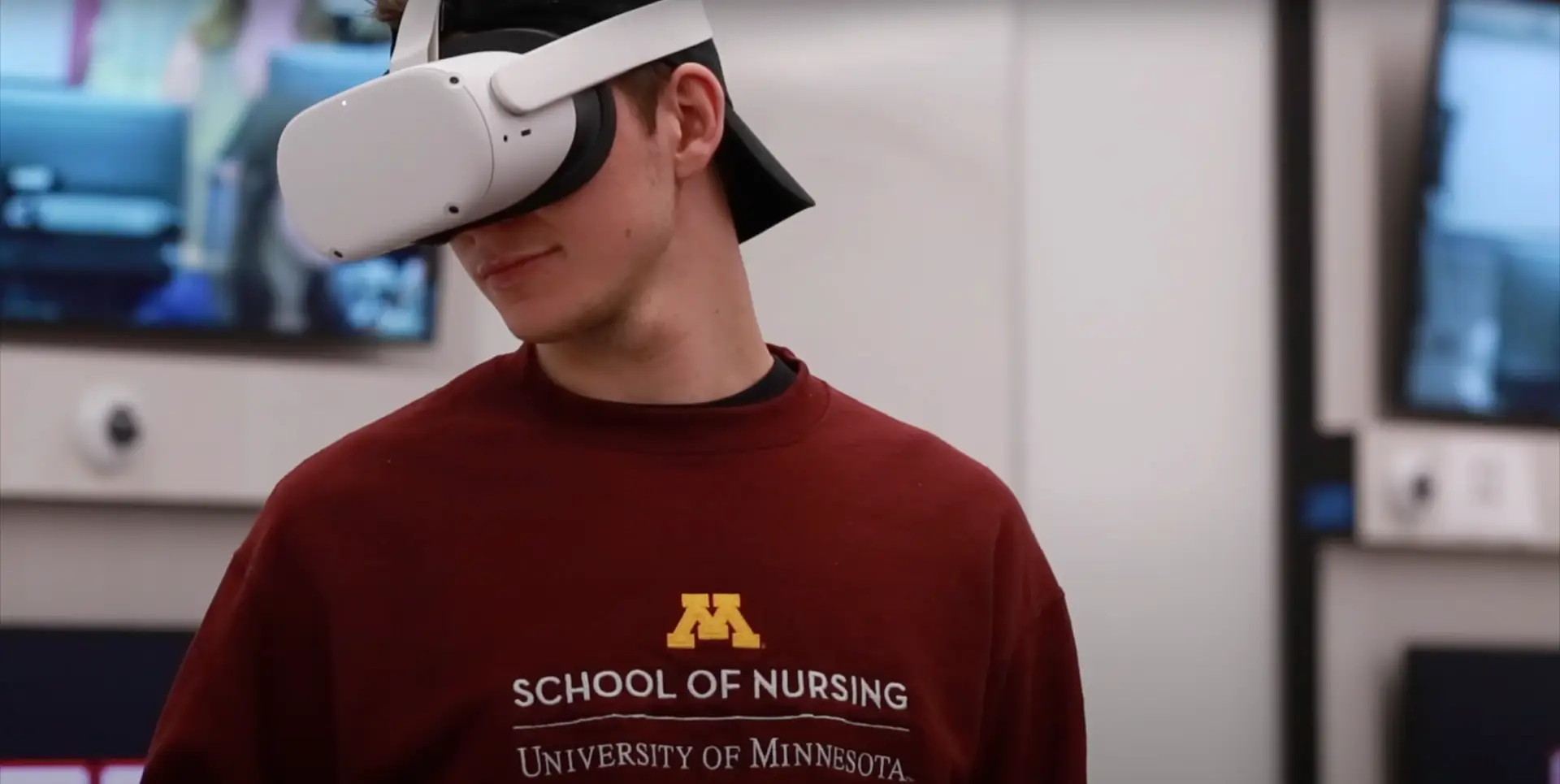
SIMULATION AROUND YOUR SCHEDULE
Access to simulation,
whenever you need it.
Nursing programs use OMS to give their learners freedom and flexibility in their training.
Whether on the unit, in the classroom, in the sim center, at home in the living room, or even in the kitchen, learners can practice on demand.
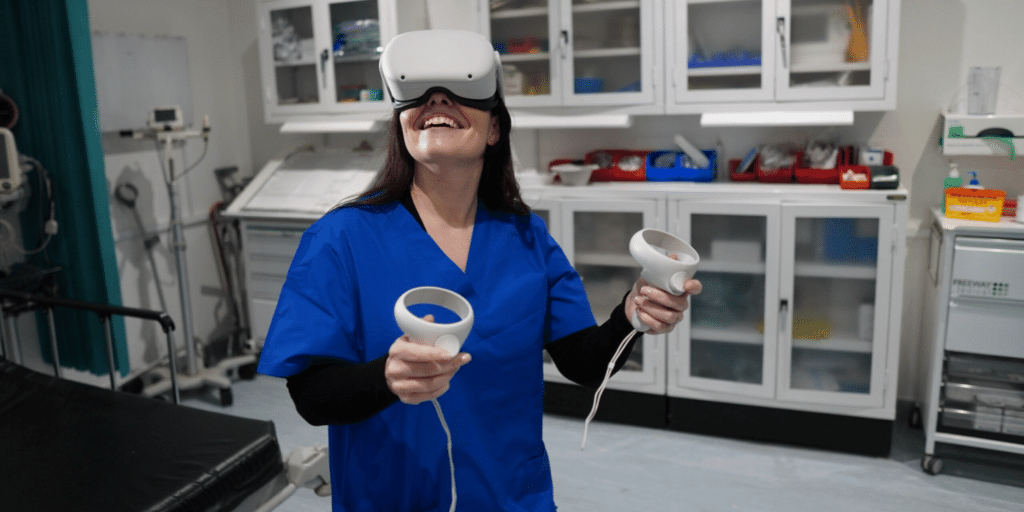
Unlimited simulations
With OMS, you’ll have access to training on-demand with infinitely repeatable simulations. Identified a mistake you made? Jump straight back in and get it right next time.
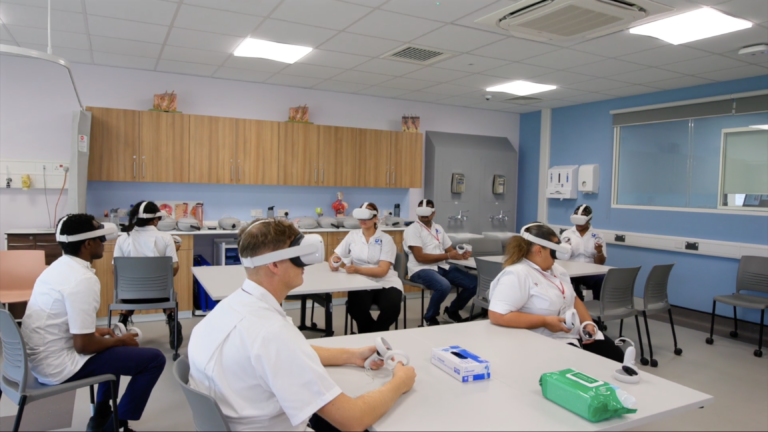
Practice in a safe space
Gain a deeper understanding of what it means to be a nurse in practice by independently leading patient cases in a safe environment.

Track your progress
Use personalized feedback and performance analytics to track progress and identify areas of strength and areas for improvement.
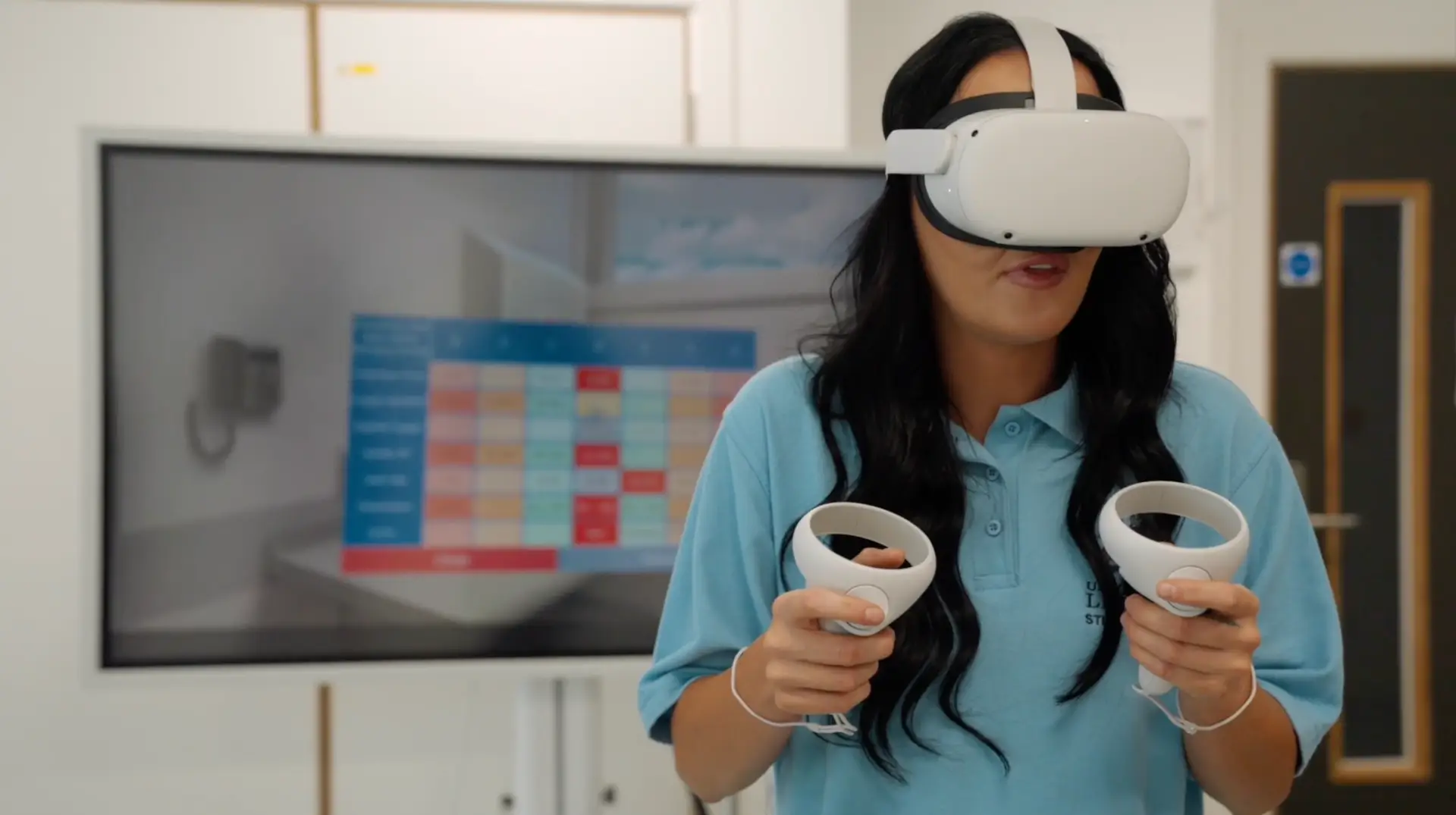
BECOME A BETTER NURSE
Gain confidence in
your future role.
Get the clinical experiences you need to feel prepared for the transition to practice.
Gain hands-on experience in a controlled setting, and learn from mistakes without ever harming a patient.
Build skills. Train safely.
Become a great nurse.
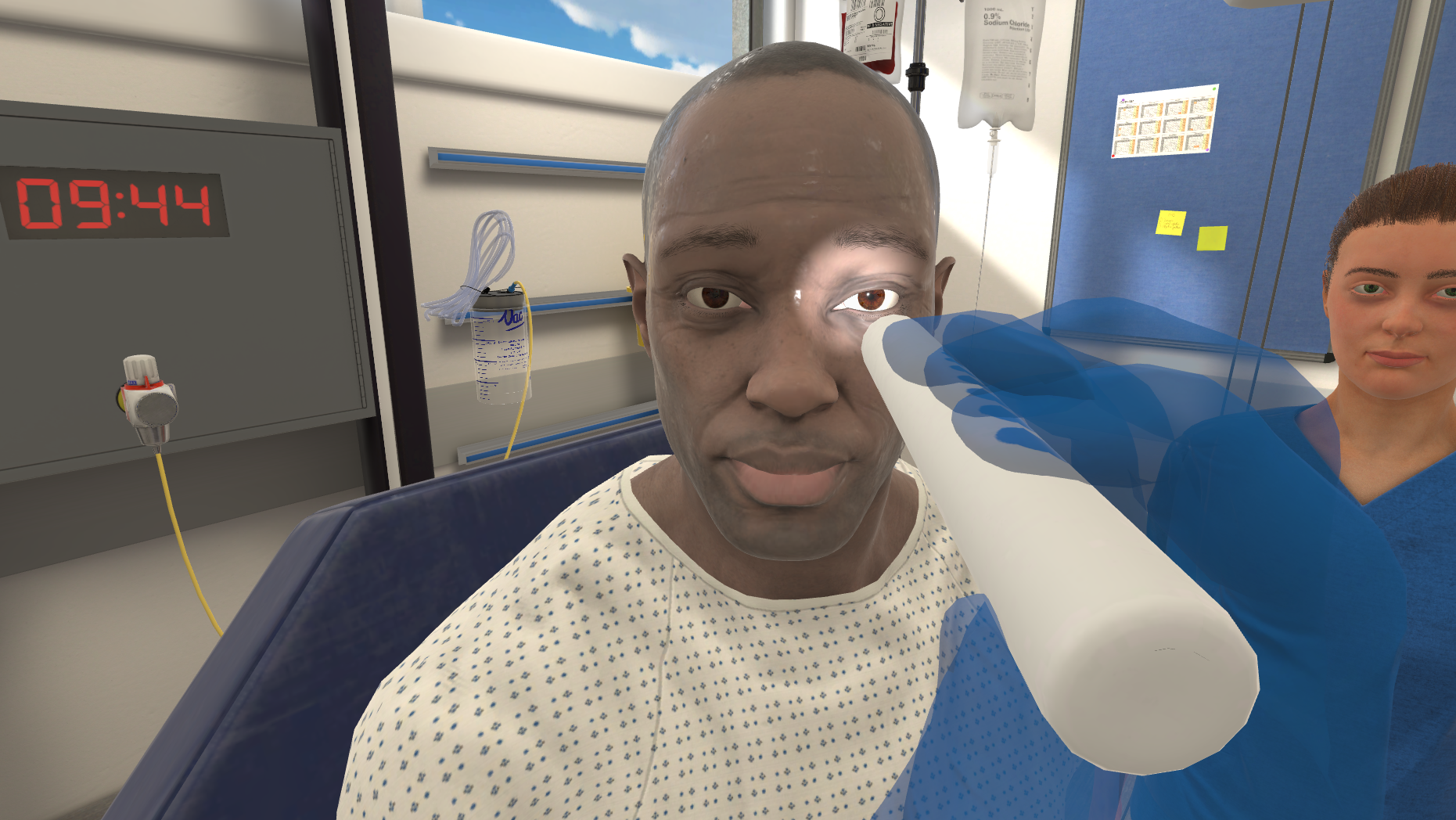
Practice on your own
OMS is a standalone system that can run without faculty intervention. Scenarios are infinitely repeatable, so you can practice your skills as much as you need.
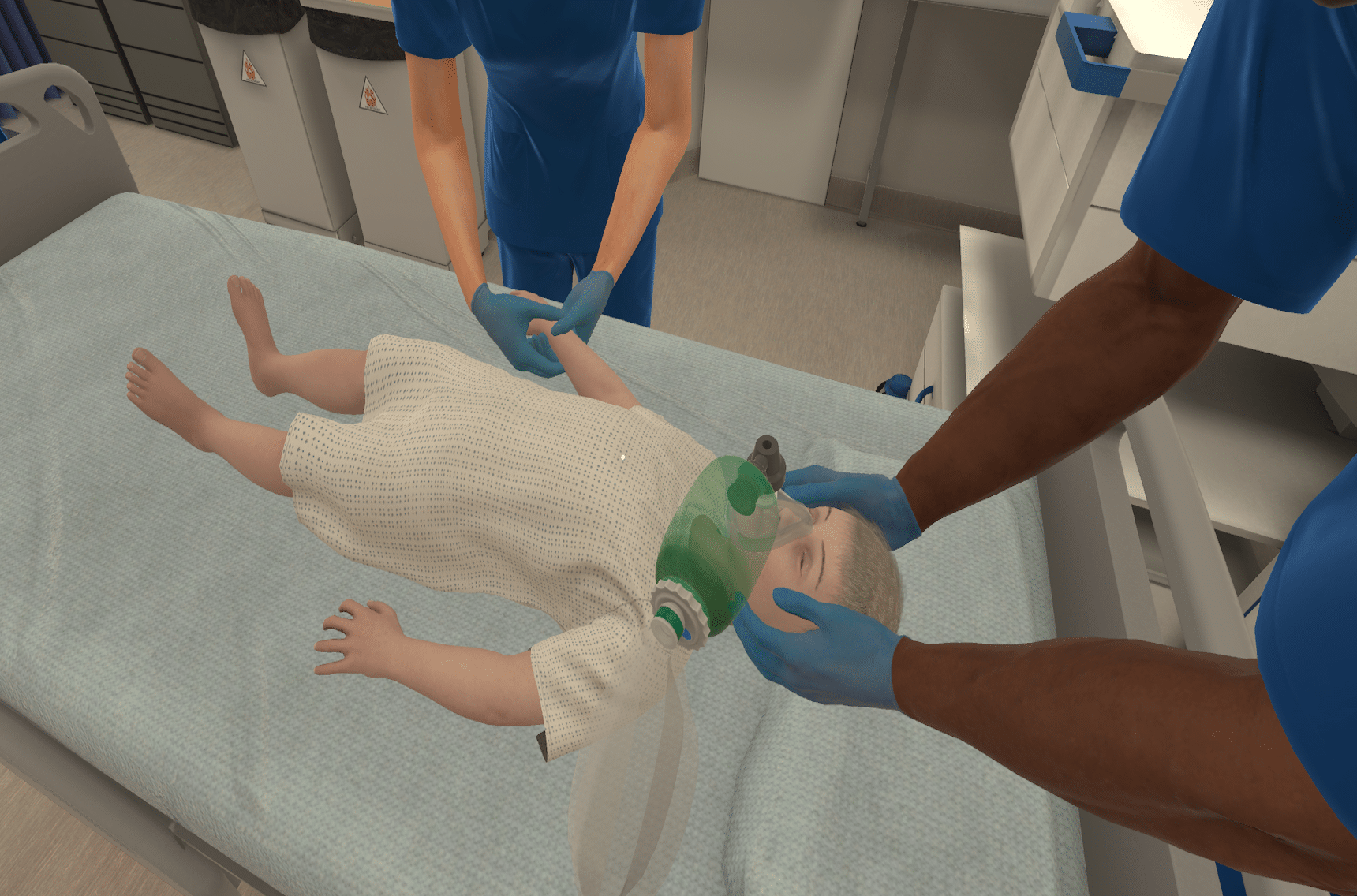
Consistent training
Have a chance to experience specific clinical situations you may not see on a clinical placement. With objective data and analytics, you can track your progress.
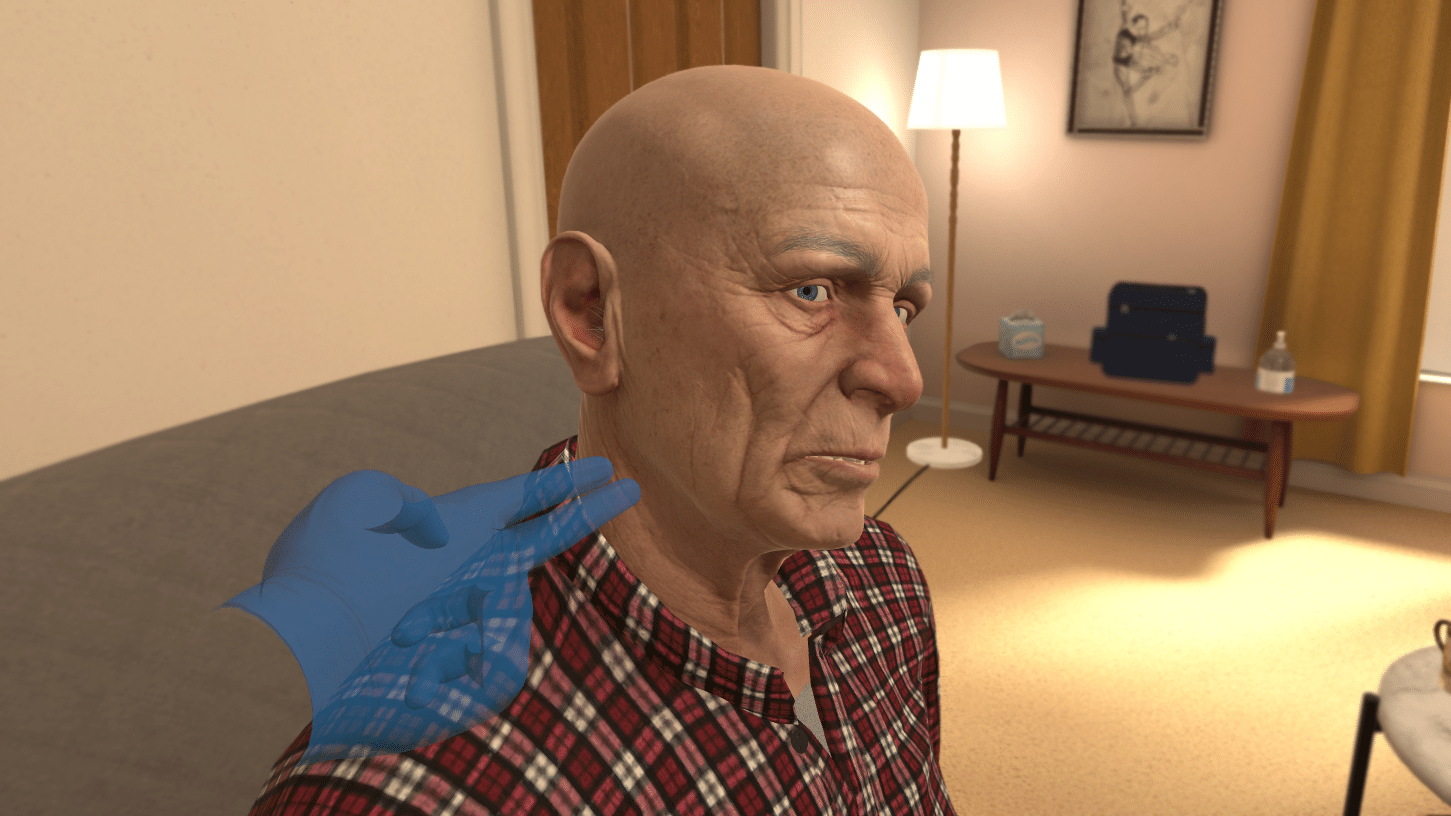
250+ diverse scenarios
Gain experience with over 250 clinical scenarios in the OMS Library. Apply critical thinking skills, improve clinical performance, and focus on building your confidence.
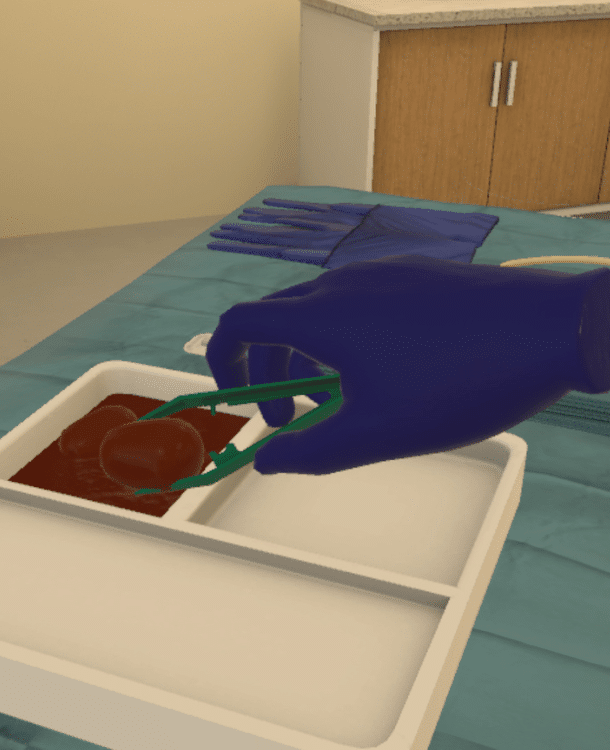
VR or on-screen
OMS can run on-screen or in VR, so you can run scenarios whenever and wherever you need. Learn at your own pace within the safety of the virtual environment.
Frequently Asked Questions
Find answers to questions Learners have on VR in academia!
How does VR help me learn?
Virtual reality immerses you in the safety of a virtual environment while you lead a patient case.
In the simulation, you must recognize, analyze, and intervene appropriately using your critical thinking and clinical skills.
You are the leader of the simulation, so it’s up to you to make timely decisions that affect your patients – and you’re able to see how your decisions play out in real time.
In VR, you get the opportunity to apply your knowledge and experience what your daily responsibilities will look like once you’re licensed and practicing.
It’s a safe place to put it all together, where you can make mistakes and learn from them.
Will I get cybersickness from being in VR scenarios?
While many learners have no issues in a VR headset, and it’s unlikely you’ll end up with cybersickness as a result of VR training, there are some ways you can prevent feeling unwell following in the scenario.
Depending on the scenario, you may choose to conduct your care from a seated position as you get settled into the virtual world.
OMS scenarios take about 20 minutes to complete, so you’re not in the scenario for too long a time.
The OMS platform is also accessible on a desktop should you need a different way to engage with VR.
Is VR easy to use?
Learning anything new can take some time, and VR is no different in that way. For many students, VR has been reported as an easy-to-use, highly-rated learning experience, and a tool 95.5% of learners would recommend to their peers.
To ease the transition, many institutions use prebriefing and orientation materials to help you get familiar with the virtual environment before ever completing a scenario.
Are the OMS VR nursing scenarios up to date?
Yes, they are!
At OMS, scenarios are created by an in-house team of Clinical Authors who are clinicians, simulationists, and educators with a wealth of experience in healthcare education and direct patient care.
Clinical Authors use best practice guidelines to ensure alignment with standards of care, and all OMS scenarios undergo a rigorous peer review process to ensure you’re learning from the most up-to-date guidelines.
Are there different ways to interact in the simulation?
Yes! There are lots of different ways to interact in VR scenarios.
For example, a communication-based scenario allows you and the virtual patient to have a real conversation, leaving the simulation very open-ended to build communication skills.
Whereas in a more hands-on scenario, you can use your hands to interact with elements of the simulation as you walk through the steps to complete a procedure or skill.
What data will I get about my clinical performance?
The OMS platform is a comprehensive learning tool that logs and tracks data for both learners and educators.
As a learner, you will receive immediate feedback following a scenario alongside evidence-based rationale.
This feedback is personalized to you based on how you performed in the simulation, so you can see exactly where (and when) you took appropriate actions and where there’s areas for improvement.
With the Competency Mapping & Tracking feature, data can be even more specific by bridging theory and practice. The platform logs actions taken in scenarios and aligns them with the core components of a given competency framework, so you can track your individual progress towards competency.